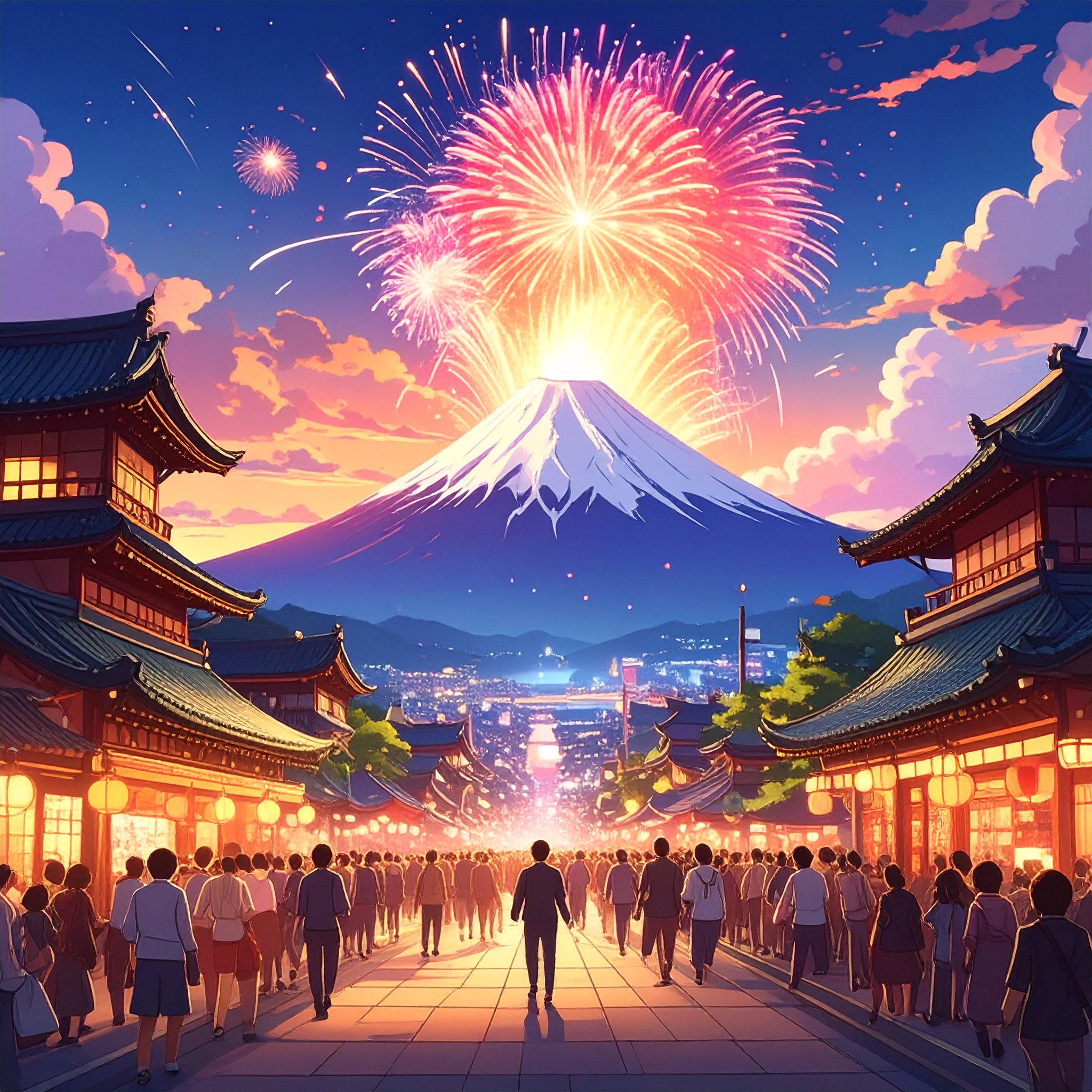There was a time when Japanese anime reached overseas audiences only years after its original broadcast—dubbed into local languages and aired long after its domestic run. But that model has dramatically changed.
With the rise of global streaming platforms like Netflix, anime series released in Japan are now being delivered simultaneously to audiences around the world, complete with subtitles and dubbed versions.
This shift is more than just a technological upgrade—it marks a transformation in cultural dynamics. Anime has acquired a new speed of global circulation, enabling fans across continents to discuss the same episode during the same week. What began as a distinctly Japanese medium is now redrawing the world’s cultural map, establishing anime as a shared, global experience.
“No Waiting” Is the Key to Shared Excitement
In the past, international anime fans had to wait months or even years to watch the latest Japanese releases. Many relied on pirated copies or fan-made subtitles, which often led to lost momentum and disconnected global enthusiasm.
Now, with platforms like Netflix, anime aired in Japan—often during late-night slots—becomes available globally within hours, complete with multilingual support. Popular series like Jujutsu Kaisen, Spy x Family, and Demon Slayer trend on social media across countries such as the U.S., South Korea, Brazil, and France almost immediately after release.
This ability to watch and discuss the same story at the same time has become a driving force—elevating anime from a niche interest into a real-time global phenomenon.
Translation as a Cultural Bridge
The rise of simultaneous global streaming owes much to the evolution in both the speed and quality of translation. What we see today is no longer mere word-for-word substitution, but advanced “story localization”—capturing not only the literal meaning but also the rhythm, character nuance, and narrative context.
One of the most delicate challenges for international translation teams lies in conveying culturally unique aspects of Japanese dialogue—such as honorifics, naming customs, or seasonal references. As one American subtitle creator noted, “Our goal is to make viewers feel the Japaneseness of the show, even if they don’t understand a word of Japanese.”

Anime Becomes a Part of Everyday Life Around the World
With the advent of global streaming infrastructure, Japanese anime is transitioning from a “subculture” to a part of daily entertainment worldwide. Watching the latest episode over the weekend and chatting about it with friends or coworkers on Monday—this routine is now unfolding not just in Tokyo, but in New York, Seoul, and Madrid alike.
Local dubbing has also enhanced the sense of connection. As one French fan shared, “Hearing my favorite character’s lines naturally in my native language is deeply moving.” Anime is no longer just a translated product—it is becoming a shared culture, seamlessly woven into people’s everyday lives across the globe.
How Streaming Has Shifted the Creators’ Mindset
The shift to global streaming has impacted not only audiences, but also the creators behind anime. In this new landscape, production teams are increasingly mindful of storytelling that keeps international viewers engaged from the very first episode, while avoiding cultural barriers that might create distance.
At the same time, there is growing appreciation for the courage to stay local. Elements like Shinto shrines, tatami rooms, bento lunches, school uniforms, and the changing seasons are depicted without alteration—offering overseas viewers a genuine taste of “real Japan.” In many cases, this authenticity is exactly what global audiences are seeking.
Conclusion — The Future Shaped by Global Simultaneous Viewing
The simultaneous streaming model led by platforms like Netflix has dissolved the barriers of distance and time that once surrounded anime. What was once “Japanese culture viewed from afar” has now become “a culture experienced together, in the same moment.”
Through anime, young people around the world are beginning to cry, laugh, and share stories in the same week. This shared rhythm hints at a future where storytelling becomes a kind of global language—transcending borders and languages to connect people, heart to heart.




